Sinamin | Syrup | 100 ml | 1 pcs
৳ 21.85
Brand Name: Sinamin Syrup
Generic: Chlorpheniramine Maleate
2 mg/5 ml
Manufacturer: Ibn-Sina Pharmaceuticals Ltd.
100 ml bottle: ৳ 21.85
Indications
Indicated mainly in allergic conditions including urticaria, sensitivity reactions, angioneurotic oedema, seasonal hay fever, vasomotor rhinitis, cough, common cold, motion sickness.
Therapeutic Class
Sedating Anti-histamine
Pharmacology
Chlorpheniramine is an alkylamine antihistamine. It is one of the most potent H1 blocking agents and is generally effective in relatively low doses. Chlorpheniramine is not so prone to produce drowsiness, readily absorbed from the gastro-intestinal tract, metabolised in the liver and excreted usually mainly as metabolised in the urine.
Dosage & Administration
Adults: 4 mg 3-4 times daily.
Children:
Children:
- Up to 1( one) year: 1 mg twice daily
- 1-5 years: 1 mg 3-4 times daily
- 6-12 years: 2 mg 3-4 times daily or as directed by the physician
Interaction
Alcohol, CNS depressants, anticholinergic drugs, MAOIs.
Contraindications
There is no definite contraindication to therapy. It should be used with caution in epilepsy, prostatic hypertrophy, glaucoma and hepatic disease. The ability to drive or operate machinery may be impaired.
Side Effects
Drowsiness, dizziness, headache, psychomotor impairment, urinary retention, dry mouth, blurred vision and gastro intestinal disturbances, paradoxical stimulation may rarely occur, especially in high dosage or in children.
Pregnancy & Lactation
Pregnancy Category B. Either animal-reproduction studies have not demonstrated a foetal risk but there are no controlled studies in pregnant women or animal-reproduction studies have shown an adverse effect (other than a decrease in fertility) that was not confirmed in controlled studies in women in the 1st trimester (and there is no evidence of a risk in later trimesters).
Precautions & Warnings
Chlorpheniramine may produce mild sedation and it is advised that patients under continuous treatment should avoid operating machinery. Not recommended during pregnancy & lactation.
| Generic Name | Chlorpheniramine Maleate |
|---|---|
| bottle | 100 ml |
Only logged in customers who have purchased this product may leave a review.


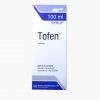


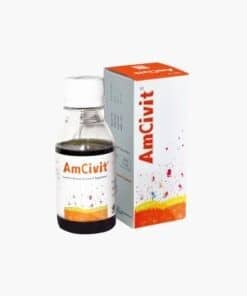

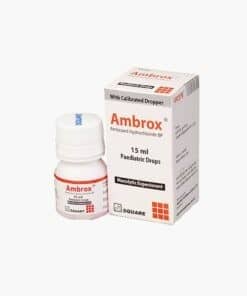
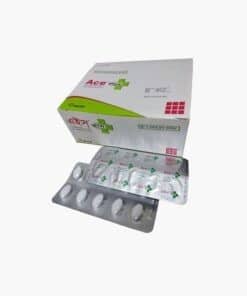
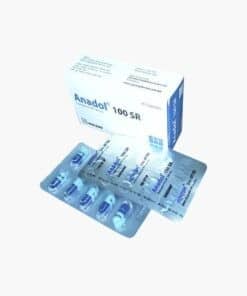
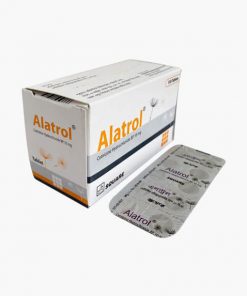

Reviews
There are no reviews yet.